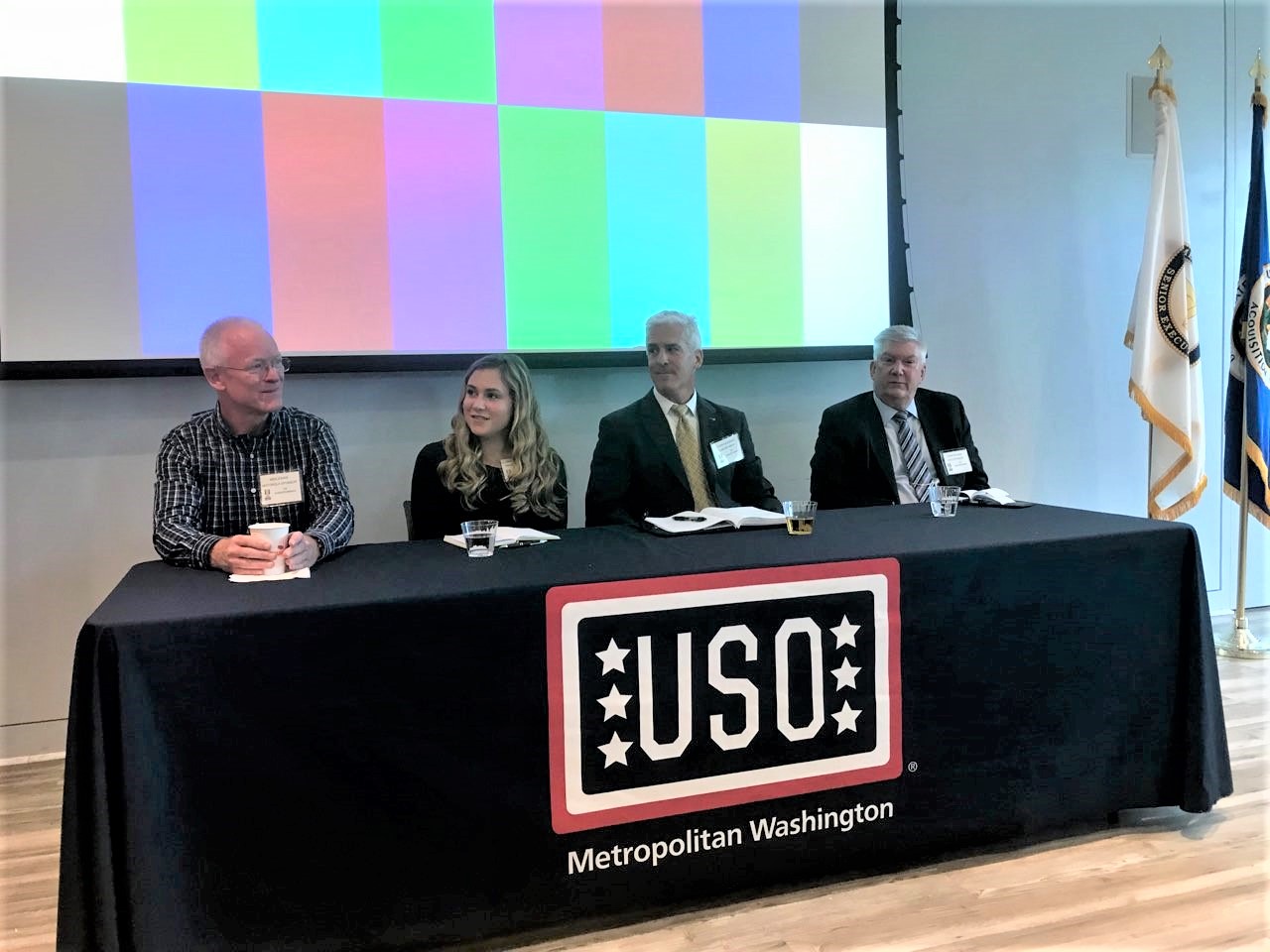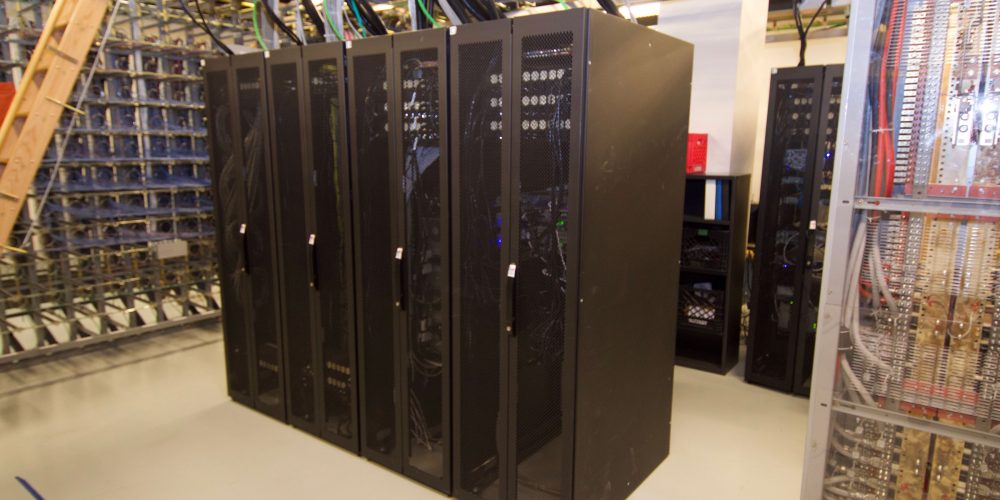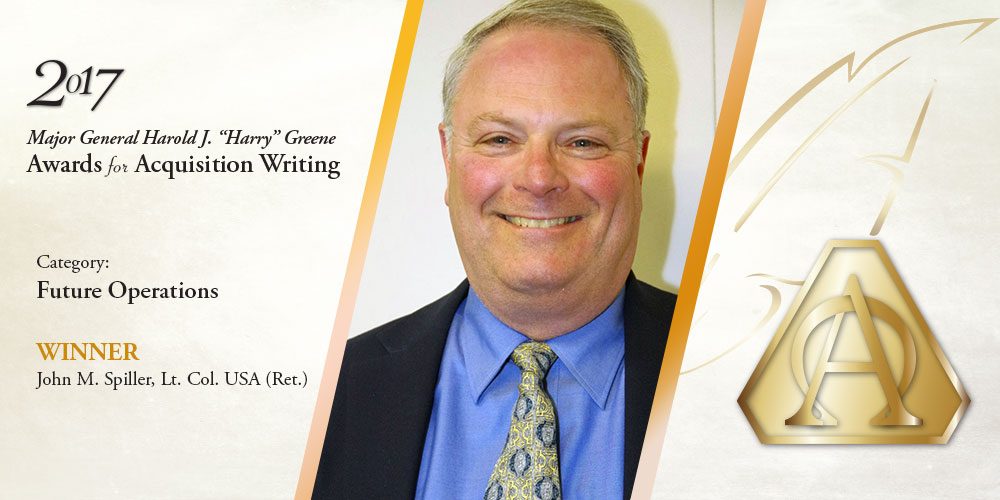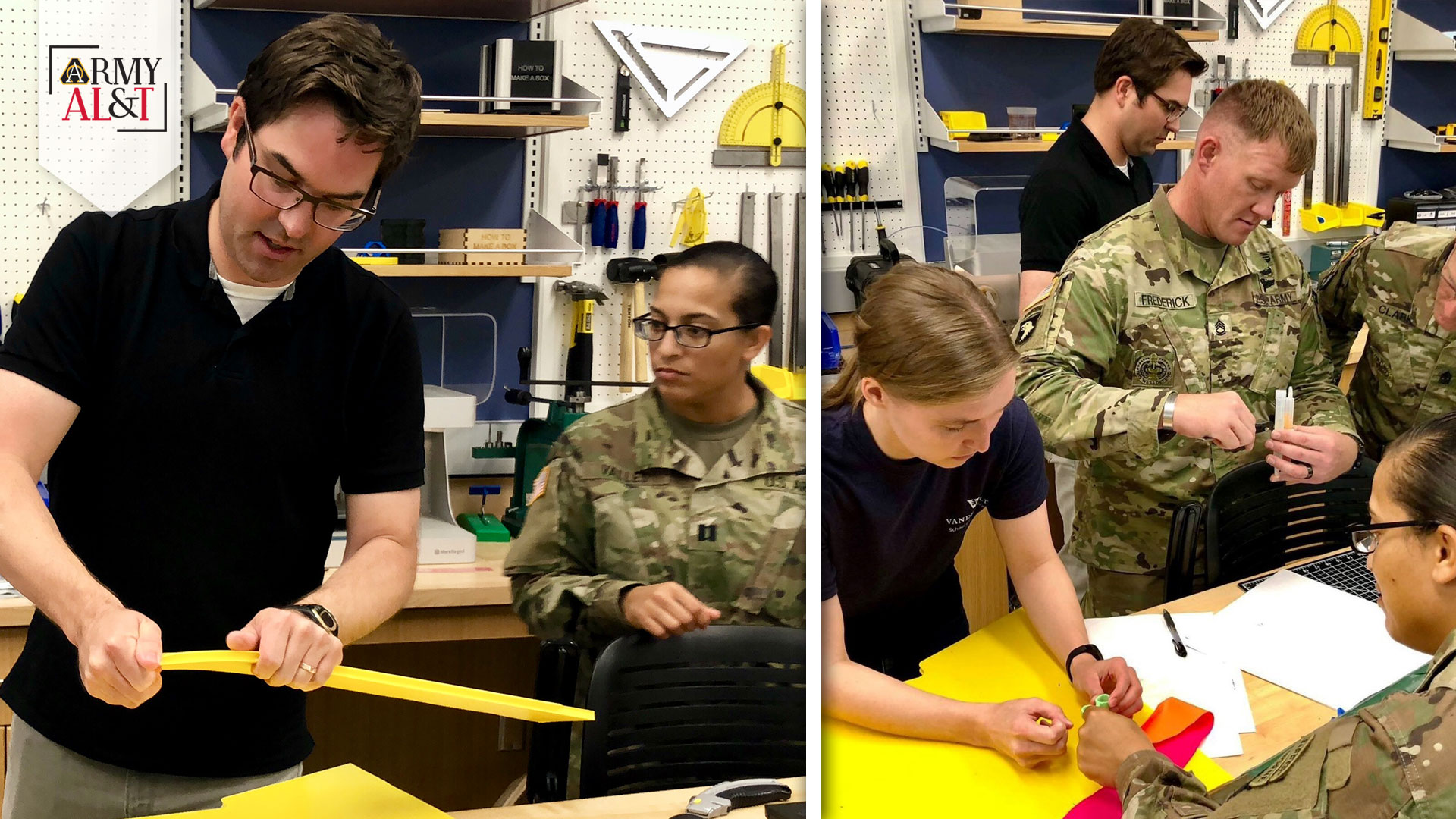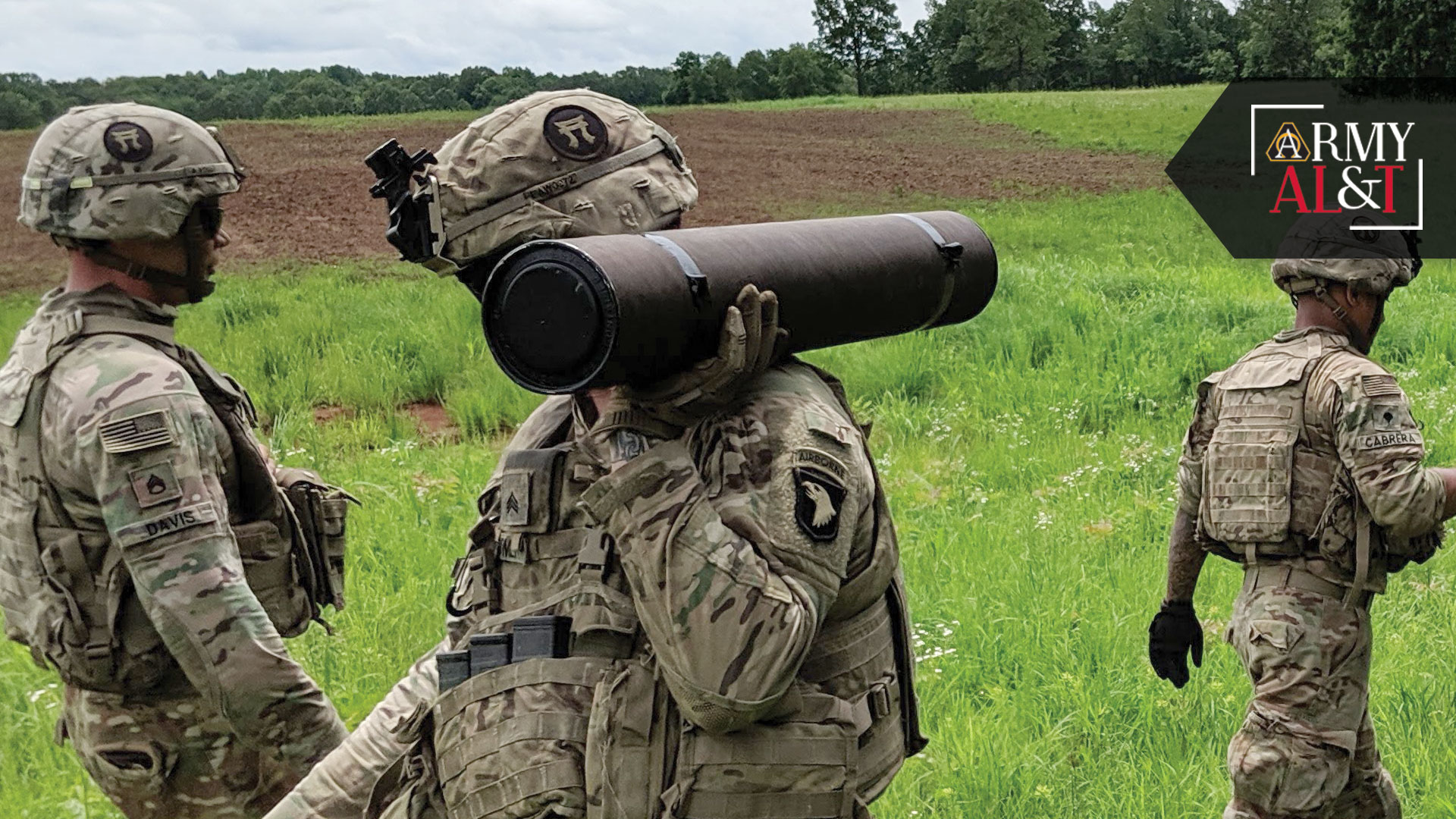Kevin Kirkwood II
COMMAND/ORGANIZATION: C5ISR Center’s Product Realization Systems Engineering and Quality Directorate (PRD), U.S. Army Combat Capabilities Development Command, U.S. Army Futures Command
TITLE: Acting deputy product lead, Aerostats; branch chief, Electronic Sensors
YEARS OF SERVICE IN WORKFORCE: 12
DAWIA CERTIFICATIONS: Level III in engineering
EDUCATION: Currently pursuing Master of Engineering degree in systems engineering, Stevens Institute of Technology; B.S. in electrical engineering, New Jersey Institute of Technology; Systems Supportability Engineering Certificate, Stevens Institute of Technology
AWARDS: Black Engineer of the Year Award, Medallion of Excellence from the Assistant Secretary of the Army for Acquisition, Logistics and Technology; Medallion of Excellence from the Deputy Commanding General of U.S. Forces – Afghanistan; Commander’s Award for Civilian Service; Civilian Service Award (2); Certificate of Appreciation, C5ISR Center PRD
by Susan L. Follett
Let’s be clear: An aerostat is more than just a blimp. Explaining that is a task that often falls to Kevin Kirkwood, deputy product lead for Aerostats within the Program Executive Office for Intelligence, Electronic Warfare and Sensors (PEO IEW&S). Kirkwood leads a team of roughly 90 materiel developers for the platform, which carries different types of sensors to altitudes of up to 5,000 feet to provide overwatch for military support.
“Many people see the aerostat, associate it with a blimp and then merely think of it as a floating balloon,” he said. “In reality, it’s an extremely dynamic system of systems that requires intensive management to ensure that modifications made to the system are cohesive and continue to carry out their functions. Also surprising are the many functions the system provides simultaneously: communications relay, multiple-domain networking, detections of all types, support for processing exploitation and dissemination activities, GPS processing, targeting and more. It is one of the key assets in force protection for our forward-deployed Soldiers, civilians and contractors.”
Kirkwood’s work puts him face-to-face with Soldiers in a variety of environments. That direct engagement “has positioned my team and me with a better understanding of warfighter requirements, and it demonstrates the commitment the program office maintains. It’s also one of the privileges I’m most thankful for in my career,” he said.
While he supports PEO IEW&S, Kirkwood is actually assigned to the C5ISR Center’s Product Realization Systems Engineering and Quality Directorate (PRD) within the U.S. Army Combat Capabilities Development Command. Federal service is pretty much the Kirkwood family business: his mother is a former federal employee and all of her six siblings served in the military. Kirkwood’s uncle, Maj. Gen. Robert Farrell (USA, Ret.), is a former commander of the U.S. Army Communications-Electronics Command (CECOM). Kirkwood’s wife works for the CECOM Security Assistance Management Directorate (SAMD), and one of his brothers works for the C5ISR Center PRD and is assigned to the SAMD. Kirkwood started his federal acquisition career with SAMD in 2007, assigned from the C5ISR Center PRD as a communications-electronics engineer and assisting in the oversight of foreign materiel sales acquisitions.
“The most rewarding times were when I had an opportunity to travel to different parts of the world to meet the requirements’ owners,” he said. “You hear a lot about international problems on the news, and they seem far away and almost surreal. Actually traveling to these environments changes that reality; it provides more of an urgency to help.” In Colombia, for example, Kirkwood visited high-risk outposts and met with Colombian soldiers fighting against the Revolutionary Armed Forces of Colombia, to better understand their intel system requirements. “This trip strengthened the bond for future telecoms with the Colombian military because we better understood the person on the other end of the phone.”
In 2013, he transitioned to program management, working on programs in the Product Manager for Meteorological and Target Identification Capabilities within PM Navigation Capabilities and Special Programs. “That switch was a huge turning point in my career,” he said. “In the course of five years, I grew from being the lead acquisition technical leader to the technical director and then the acting deputy director and acting deputy product lead for a billion-dollar program.”
He continues to work on developing his career, and he recently completed the Systems Supportability Engineering program that is jointly led by Stevens Institute of Technology and the C5ISR Center PRD. Kirkwood called the certificate program “the highlight of my educational progression thus far.” The course aims to increase technical competency in systems engineering and better support weapon system sustainment. “I was able to immediately apply lessons learned during the course and improve the outcome of the program office,” Kirkwood said. “I support a quick reaction capability program that is very schedule-driven. When working at that pace, it’s great practice to have structure and a record of our work. Working with a system of systems, there are many fast-moving parts that make program management even more complex. The course taught me that I could reduce this complexity through order.”
He tries to pass on what he has learned over the course of his career, through mentoring programs outside of the office and in his work as a branch chief of Electronic Sensors. In that role, he leads a team of nearly 100 systems engineering technical assistance contractors in identifying ways to better support the customers to whom they are assigned. “Providing structure and guidance to help define and work toward career goals helps identify the right fit for employees and the customers they serve, ensuring higher satisfaction for both groups,” he said.
With more than a decade of federal service behind him, Kirkwood noted that the most important lesson he has learned “is to be patient, trust the chain of command, and always maintain the code of ethics and law. Trust the process, so that the process can reflect its strengths and weaknesses—and leadership can address those accordingly. We often try to circumvent a process, and there are times that may need to be done. But if we find ourselves constantly disregarding it, we’re only preventing leadership from seeing a flaw in it,” said Kirkwood, who will soon begin a six- to 12-month assignment as executive officer to the C5ISR Center’s director.
When problems arise, he said, confront them—don’t avoid them. “Run toward problems and embrace change—it’s OK to be uncomfortable. There’s reward and growth in conflict and in problem-solving!”
Related links:
https://www.cerdec.army.mil/news_and_media/Army_Engineer_Named_Modern_Day_Technology_Leader_at_BEYA_Conference/


